I'm struggling with the following regexp
[A-z0-9]+
If tested against this string:
||a919238[.--a]asd|
it returns a919238[, including the square bracket.. I tried to input my test case on regex101 to understand what's wrong, but the site regex explanation is not helping, probably I'm not able to see my mistake.
Why is the square bracket included in the result?
